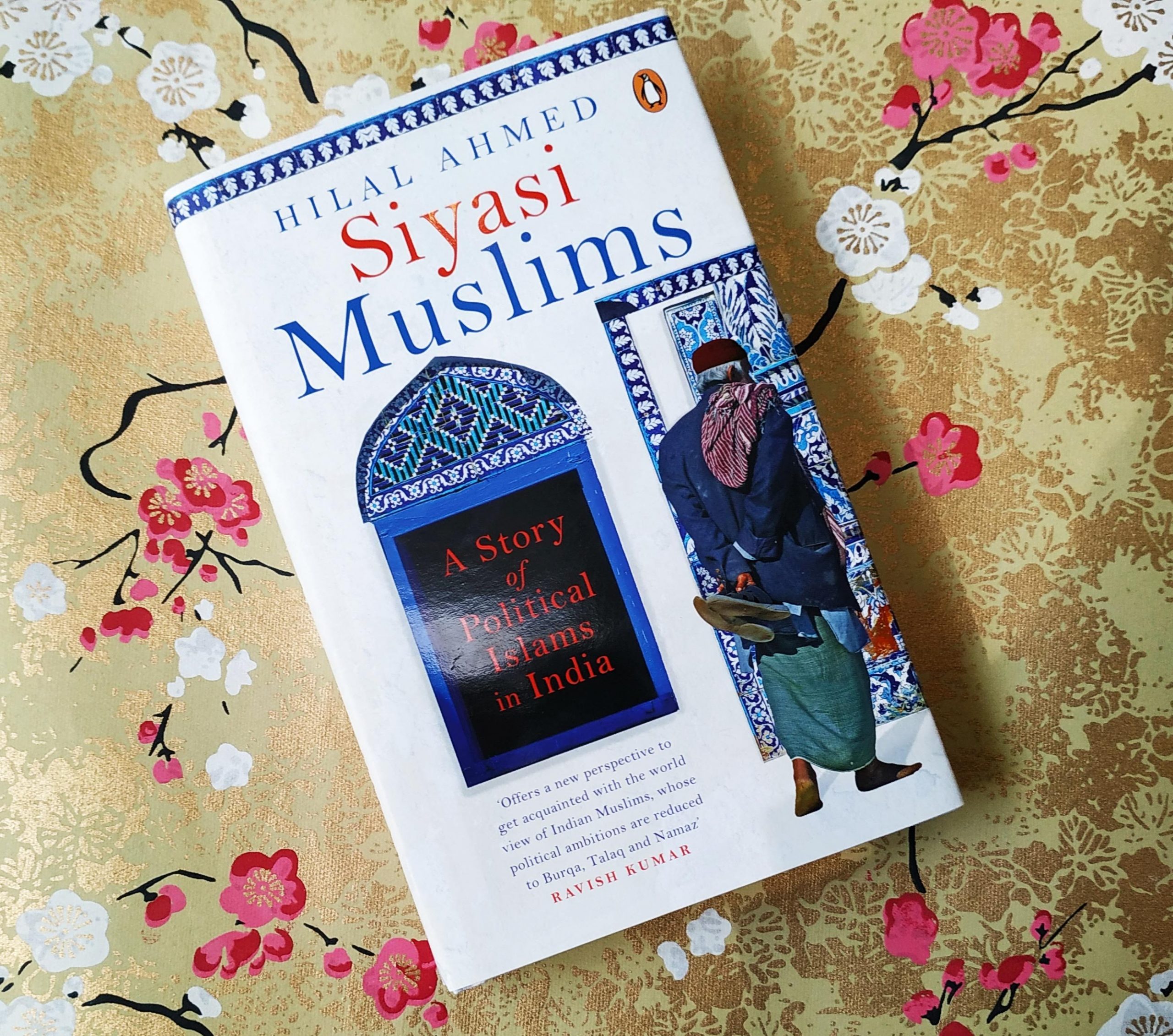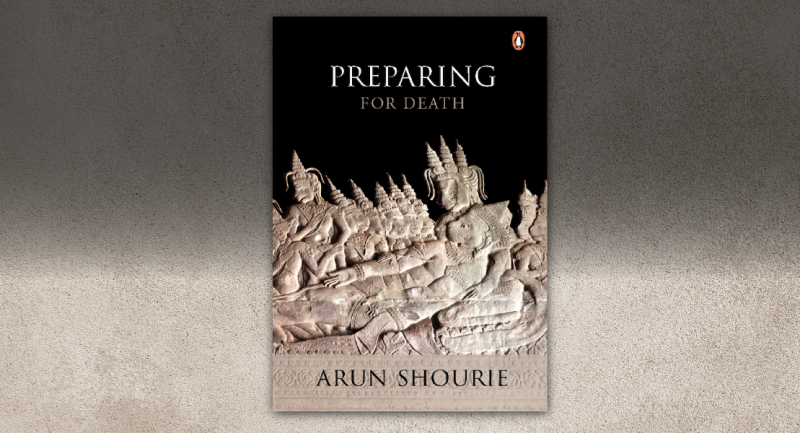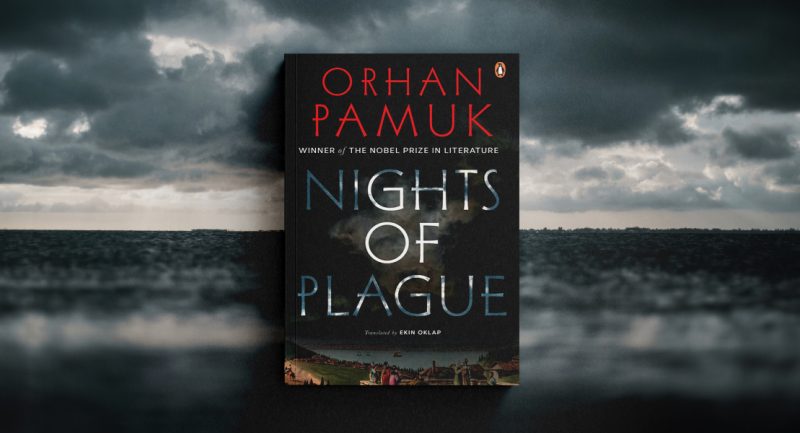
How do we make sense of the Muslims of India?
Do they form a political community?
Does the imagined conflict between Islam and modernity affect the Muslims’ political behaviour in this country?
Are Muslim religious institutions-mosques and madrasas-directly involved in politics?
Do they instruct the community to vote strategically in all elections?
What are ‘Muslim issues’?
Is it only about triple talaq?
While these questions intrigue us, we seldom debate to find pragmatic answers to these queries. Examining the everydayness of Muslims in contemporary India, Hilal Ahmed’s Siyasi Muslims: A Story of Political Islams in India offers an evocative story of politics and Islam in India, which goes beyond the given narratives of Muslim victimhood and Islamic separation.
Here is an excerpt from Siyasi Muslims Triple Talaq as an MCQ:
————————————————————————–
The question of ‘triple talaq’ is posed as an objective-type MCQ (multiple choice question)! We are given two options—support it (say yes) or oppose it (say no). The meaning of yes and no are also premeditated in this schema: Yes refers to closed Islamism, while No stands for gender equality and progress.
This dominant (and somewhat stereotypical) representation of the triple talaq issue is based on a few strong assumptions about Muslims in general and Muslim men in particular:
- The Muslims of India constitute a single, closed, homogeneous community, which is inevitably male-dominated.
- This male-dominated community is governed by a few established Islamic norms which are highly anti-women in nature. Islamic religiosity as well as Islamic practices, hence, are intrinsically patriarchal.
- The Islamic clergy functions as the true representative of the community. It has an ultimate right to interpret religious texts and, at the same time, speak on behalf of all Muslims.
These convictions, interestingly, are often presented to us as hard facts—not merely by the government, political parties and the ulema class but also by those who prefer to be identified as ‘liberals’. As a result, a media-centric discourse of political correctness emerges, which virtually freezes any possibility of a nuanced and meaningful discussion on the nature and functions of patriarchy among Muslims.
The recent debate on triple talaq is an example of such stereotypical public imagination. No one bothered to look at the arguments and positions of various Muslim women’s groups on the status of Muslim women in India, the internal debates among them on the question of Muslim patriarchy, their varied interpretations of the Quran and Hadith, their critical responses to the much-debated idea of the Uniform Civil Code and, above all, their critique of Muslim personal law and the role of the ulema in nurturing the anti-Muslim attitude of Hindutva politics.
The triple talaq debate, surprisingly, is seen as a battle between the conservative ulema represented by the All Indian Muslim Personal Law Board (AIMPLB) and the committed BJPled NDA government. The discussion in the Parliament on the triple talaq bill and, later, on the triple talaq ordinance seems to ignore the nuanced arguments made by Muslim women’s groups, especially the Bharatiya Muslim Mahila Andolan (BMMA). The purpose, therefore, of this chapter is to clarify and contextualize the public debate so as to make sense of the various aspects of the controversy. In addition, an attempt is made to analyse the politics of triple talaq in the wake of emerging Hindutva.
Let us begin with a few frequently used terms:
- ‘Triple talaq’ refers to a practice which empowers a man to divorce his wife by saying ‘talaq, talaq, talaq’ in one go.
- ‘Mehr’ is a sum of money or other property to be delivered to the bride by the bridegroom at the time of the nikah as a prerequisite for the solemnization of their marriage, as specified in the nikahnama.
- ‘Iddat’ is the period of time (approximately three to four months) during which a divorced woman/widow cannot remarry another man.
- ‘Nikah’ is a contract of marriage between a man and a woman. The nikahnama is a document which specifies the terms and conditions of this agreement.
- ‘Sharia’ or ‘shariat’ is a collection of rules and norms that have been codified following the Quran and Hadith (laying out the sayings and acts of Prophet Muhammad). Since this codification is subject to various interpretations, there are various shariats among Sunnis and Shias.
- ‘Nikah halala’ is also a frequently used term. Once a woman has been divorced, her husband is not permitted take her back as his wife unless the woman undergoes nikah halala, which involves her marriage with another man who subsequently divorces her so that her previous husband can remarry her.
The practice of triple talaq, we must note, is legitimate among Sunni Muslims of the Hanafi shariat. Although we do not have adequate statistical information about the sect-wise population of Muslims in India, it is believed that Sunni Hanafis are in the majority, at least in the northern states. But there are four other schools of Sunni shariat—Hanbali, Shafi, Maliki and Ahle- Hadith. These schools have their own interpretations of rituals and customs and specific norms for divorce.
The AIMPLB itself recognizes this Islamic religious plurality in India. In fact, one of the stated objectives of the AIMPLB is:
To promote goodwill, fraternity and the feeling of mutual cooperation among all sects and schools of thought among Muslims, and to generate the spirit of unity and coordination among them for the common goal of safeguarding the Muslim Personal Law.1
There are two questions are important here: Does the AIMPLB determine the everyday conduct of the religiously diversified Muslim communities? If so, do Muslims, particularly the followers of the Hanafi shariat, practise triple talaq precisely because of their religious adherence to Islam?
Know more in Hilal Ahmed’s Siyasi Muslims: A Story of Political Islams in India









